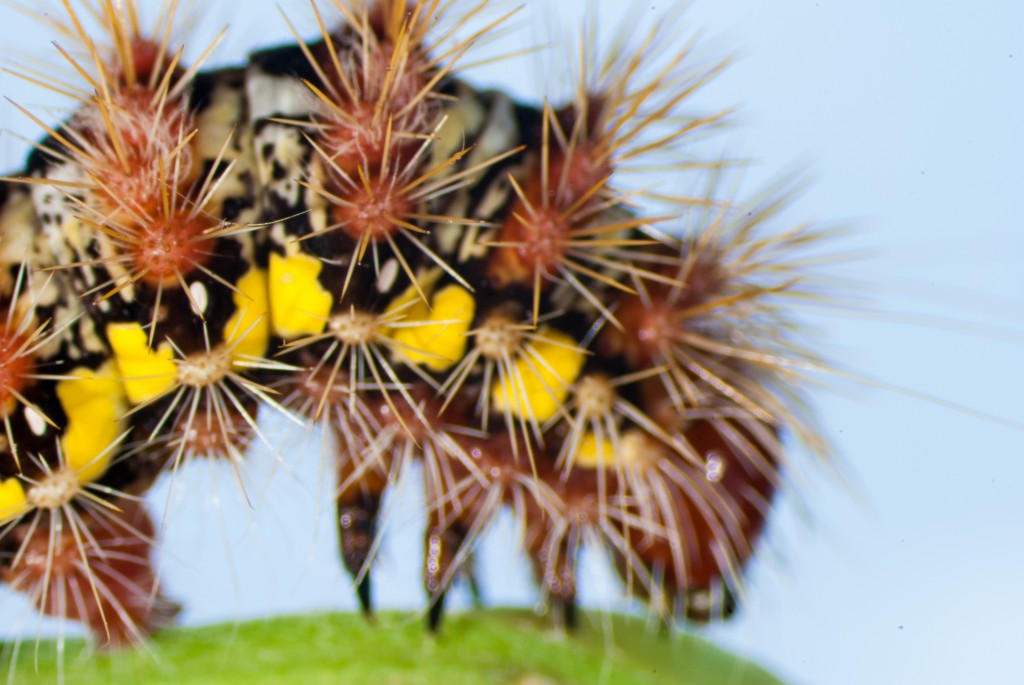Climate Warming and Plant-Herbivore Interactions
How does temperature control species interactions? Is there a universal theory of temperature-dependence?

I use a combination of laboratory experiments, field experiments, and theoretical modeling to understand the ecological and evolutionary ramifications of climate warming on plant and insect communities.
My work to date has demonstrated that warming increases insect metabolic rates, stimulating herbivory. However, herbivore nitrogen limitation also strengthens with temperature. As a result, warming can sometimes be beneficial for insects on high nitrogen plants or deleterious for insects on low nitrogen plants. There is therefore substantial variability in whether warming will increase or decrease insect herbivory and population growth rates.
These patterns are complicated by two factors. First, warming can also reduce plant nutrient concentrations on their own, further strengthening herbivore nutrient limitation. The increase in nutrient limitation can actually stabilize herbivore population dynamics at high temperatures by eliminating ‘boom and bust’ population cycles. However, including predation risk completely reverses these patterns. Herbivores are forced to forage more widely to meet their nutritional requirements and experience higher mortality rates due to increased exposure to predators.
Thus, the impacts of warming on plant-herbivore interactions are highly idiosyncratic and require considering the entire community of plants, herbivores, and predators.